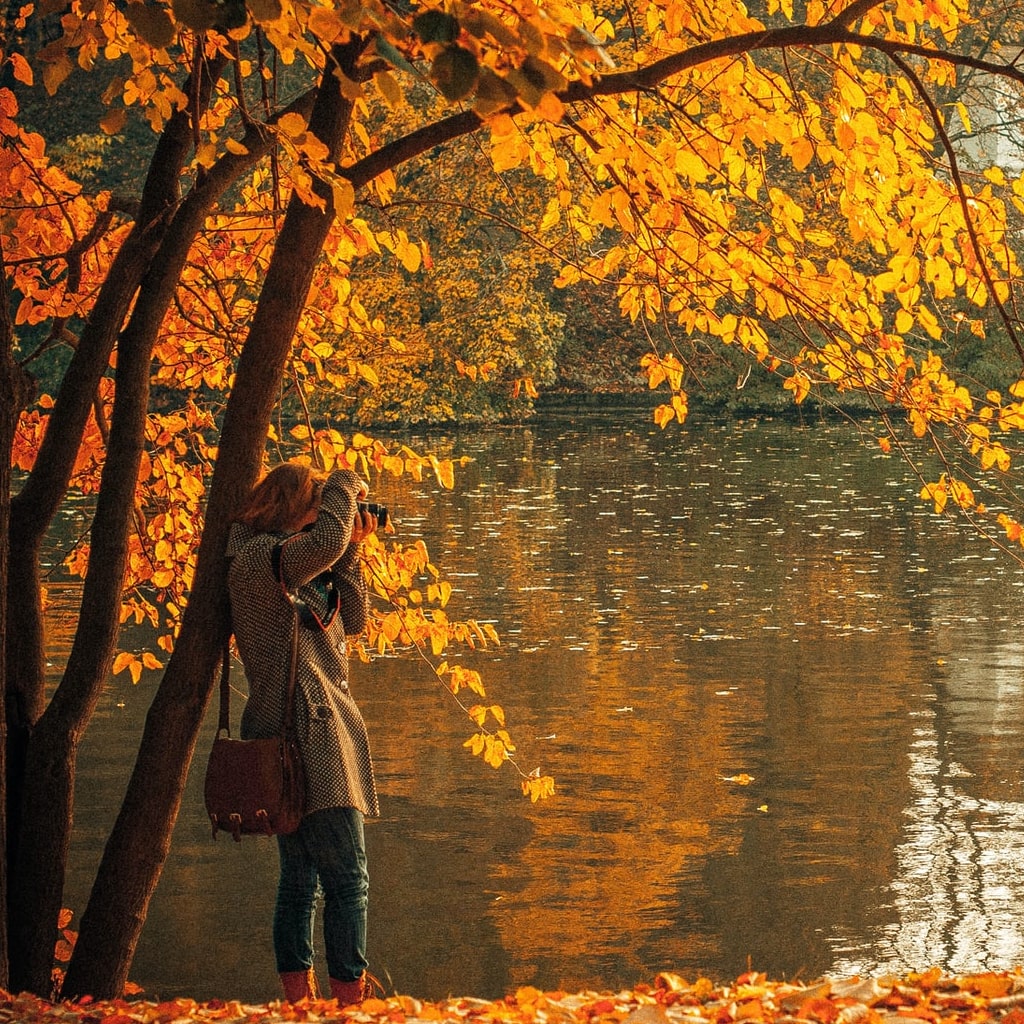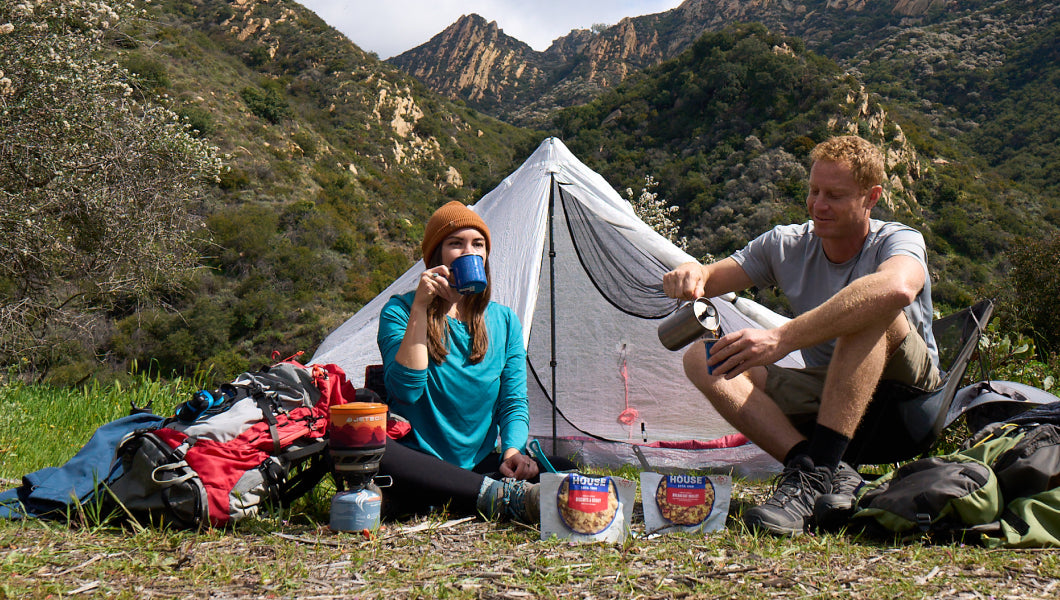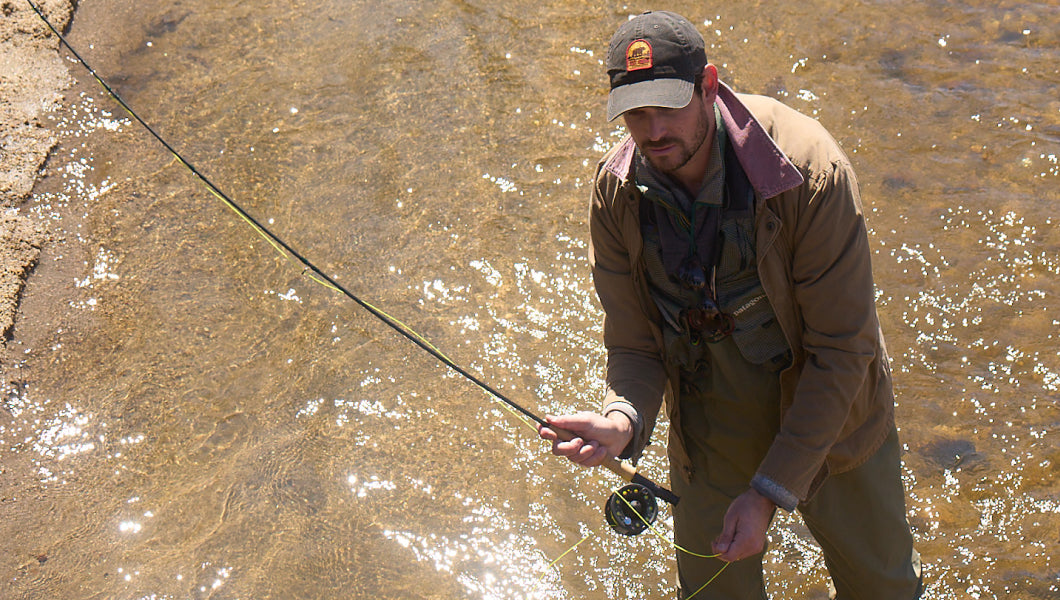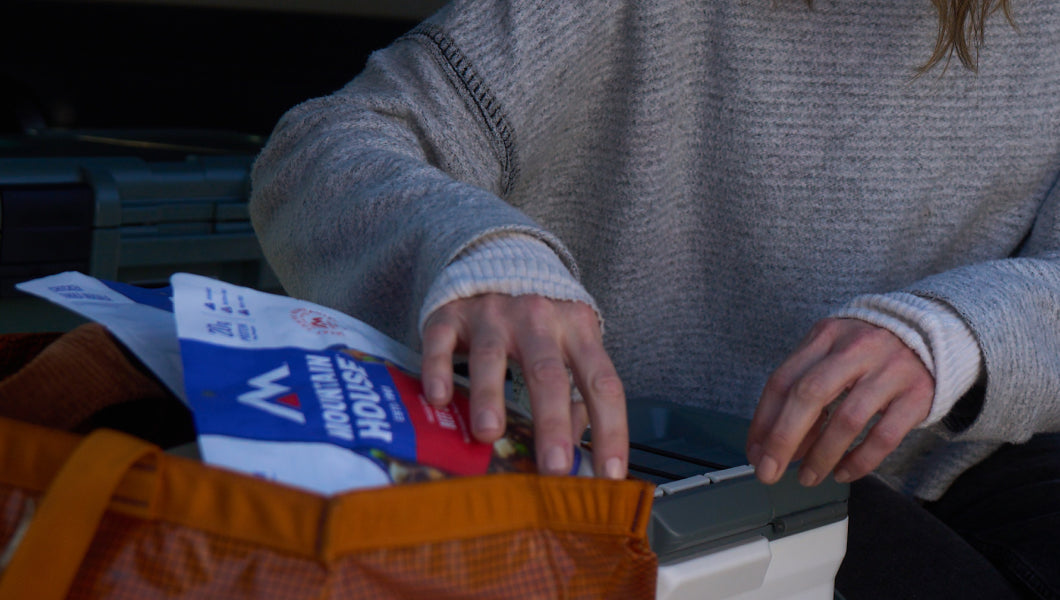Inspired for an Adventure? Check out Beef Stroganoff - Pouch and Beef Stew - Pouch
Free Ground Shipping On All Orders
Over 2,100 Reviews
Add description, images, menus and links to your mega menu
A column with no settings can be used as a spacer
Link to your collections, sales and even external links
Add up to five columns
Add description, images, menus and links to your mega menu
A column with no settings can be used as a spacer
Link to your collections, sales and even external links
Add up to five columns

10 Most Colorful Fall Trees & Foliage in the USA
All things considered, North America boasts the world’s most spectacular fall colors. That’s not to say there aren’t other global hotspots of autumn foliage—Japan comes to mind—but this continent has perhaps the most favorable confluence of environmental factors to produce a widespread and especially vivid seasonal show. We won’t go into all of those factors, which include climatic nitty-gritties and the exceptional diversity of deciduous trees, but let’s just say there’s a reason why people from around the globe come to North America—and especially New England and southeastern Canada—for premier “leaf-peeping” in the fall. We’ll be so bold as to say it’s one of the planet’s natural wonders, this autumnal pageant of leaf pigments.
But which are the most colorful trees and shrubs contributing to this internationally renowned extravaganza? Which are the most radiant, the most intense, the most gob-smacking in their fall suits?
The following 10 species rank among the most colorful fall trees and shrubs in the USA. Any such list, though, is going to leave off some standouts, and of course gauging the most beautiful or brilliant fall color is a subjective manner. So let’s just acknowledge that, from pin cherry and mountain-ash to sweetgum and black hawthorn, there are plenty of other native champions in the autumn-foliage department we don’t have room for here. (That includes a handful of the mostly evergreen conifers, by the way, such as the deciduous tamarack and larches.)
Now that we’ve got that wiffle-waffle caveat out of the way, let’s take a tour of America’s fall-color superstars! These are presented in no particular order, though we admit we’re kicking off with arguably the native tree most famous for fall foliage in the country.
(1) Sugar Maple (Acer saccharum)
Sugar maple is an integral, iconic member of North America’s mighty eastern deciduous forest, and also just all-around one of the continent’s most familiar trees. It’s also among the largest and most statuesque native hardwoods, commonly reaching 100 feet or more and growing a magnificent, symmetrical, rounded canopy. It’s widespread in the north-central, east-central, and northeastern USA as well as a narrow strip of adjacent Canada.
Without question, sugar maple puts on a truly superlative autumn show: The tree often has a mixture of yellow, orange, and red leaves in the fall, commonly with green foliage persisting in the interior of the canopy. A showstopper!
(2) Red-Osier Dogwood (Cornus stolonifera)
Red-osier dogwood gets its name from its distinctive reddish twigs (it’s also simply known as red twig dogwood). But this shrub—found across a vast range in North America, including much of the USA outside the Southeast, and often forming dense tangles—is a looker in just about every department. The white flowers of spring are magnificent, but red-osier dogwood also steps up to the plate big-time in the fall: Its large, oval, sharp-pointed leaves with their handsome veins turn rich hues for the season, ranging from deep red to reddish-purple.
(3) Sassafras (Sassafras albidum)
This hardwood is another fixture of the eastern deciduous forest, found from southern New England and the Lower Midwest down to the Gulf Coastal Plain. Smallish in the north but sometimes growing past 50 feet in the south, sassafras prospers in oldfields, farmland hedges, and woodland margins, making it a conspicuous tree on the landscape. That makes it easy to appreciate the beauty of its autumn foliage: Its flashy leaves—which may be oval, one-lobed, or two-lobed—flare up with striking yellow, orange, or red in the fall.
(4) Staghorn Sumac (Rhus typhina)
Staghorn sumac is even easier to see without much effort than sassafras within its broad range in the eastern and central USA. It commonly grows in handsome thickets along roadways, embankments, open hillsides, and forest edges. This large shrub—typically the biggest of North America’s sumacs—is named for its fuzzy twigs, reminiscent of a deer antler in summer velvet. In the fall, its pinnate compound leaves grab the eye with their vivid orange-red color, enhanced by the torchlike clusters of red fruit that’ll persist through the winter.
(5) Quaking Aspen (Populus tremuloides)
Quaking aspen is the top dog of North American trees when it comes to geographic distribution: This poplar grows from Alaska down into Mexico, and from the Pacific slope to the Northeast. Its namesake leaves—they tremble and flutter in the subtlest breeze—turn a spectacular golden shade in the fall, set off by the gleaming white, black-pocked bark of the trunk. Whether enjoyed amid the birches and conifers of the North Woods (which also harbor the equally fall-flashy bigtooth aspen) or flaring up vast swaths of mountainside in the Southern Rockies, quaking aspens are classic autumn stunners.
(6) Nannyberry (Viburnum lentago)
The shrub or small tree called the nannyberry or sweet viburnum grows from streamsides to stony uplands in the Midwest and Northeast. Producing blue or blackish fruits treasured by a wide variety of wildlife, including a whole slew of different birds, nannyberries also majorly please autumn leaf-peepers with their orange, reddish-purple, or crimson foliage.
(7) Tulip-tree (Liriodendron tulipifera)
There’s no taller hardwood tree in North America than the tulip-tree, also called the tulip-poplar or yellow-poplar: This magnificent broadleaf may soar to nearly 200 feet, with a massive trunk to boot. Widespread in the East, tulip-tree achieves its grandest form in the lush cove forests of the Southern Appalachians. Besides its often-immense stature and noble form—and besides the tuliplike flowers that give it its name—tulip-tree is notable for its foliage: sort of eccentric duckfoot leaves that, in autumn, light up the woods with a brilliant yellow.
(8) Vine Maple (Acer circinatum)
This small tree, native to the Pacific Northwest, would be gorgeous anywhere—it’s a close relative of and basically native analogue to the famous Japanese maple so coveted in cultivation—but it’s especially eye-catching given its habitat: forming graceful understory thickets with deciduous flash amid the solemn conifer kingdom of the mighty Northwest coastal forest. In autumn, the beautiful lobed leaves turn a vibrant yellow in shady gloom or vivid red in the full sun of glades and forest edges, providing some of the most potent doses of fall color in a mostly evergreen realm.
(9) Black Tupelo (Nyssa sylvatica)
Also known as blackgum, black tupelo grows in two forms in the east-central and southeastern USA: “typical” black tupelo, found in upland woods, and the so-called “swamp tupelo,” a fat-trunked, water-loving tree common in bottomland forest and swamps. Both varieties put on quite the fall show with their lovely yellow to crimson autumn foliage, perhaps most mesmerizing when lighting up those sodden swamplands—sometimes in combination with the orange or reddish-brown needles of the deciduous bald-cypress.
(10) Red Maple (Acer rubrum)
We’ll close things out with another maple—and another absolute blue-ribbon fall-color maker! The red maple enjoys one of the broadest ranges of any North American hardwood, found across central and eastern North America from southeastern Canada all the way nearly to the southern tip of Florida. It has quite the ecological amplitude, too, growing from ridgetops to backwaters. Red maple’s autumn foliage certainly rivals that of its cousin the sugar maple, with fiery red, bright yellow, smoldering orange, and even purplish or maroon leaves.
Which State Has the Most Beautiful Fall Colors?
This question is a great way to start a really vigorous argument, suffice it to say. But if you forced us to choose, we’d whittle down America’s most flat-out stupendous fall-color destinations to either Vermont or New Hampshire, given their auspicious geographic position and diverse roster of hardwoods. And if you really demanded a clear-cut winner, we’d (tentatively) say the Granite State edges out the Green Mountain State. That’s mainly because New Hampshire combines its autumn foliage with New England’s grandest mountain scenery, and typically puts on a nice and prolonged show of fall colors. (Now we’re going to duck and run for cover from all the angry Vermonters—and Mainers, New Yorkers, Minnesotans, Wisconsinites, etc.—riled up by that answer. Really, you can’t go wrong in New England or the Upper Midwest!)
Leaf Peep With Mountain House This Fall
Chase down those flaming fall colors from the White Mountains of New Hampshire to the San Juan Mountains of Colorado with proper hiking and camping fuel courtesy of Mountain House! Our freeze-dried meals taste absolutely delicious after a full day's worth of leaf-peeping.

Best Places to Go Winter Wildlife Watching in North America

Exploring the Best Winter Desert Hiking in the Southwest United States


Stay Hungry for Adventure
Sign Up for Delicious Outdoor Meals & Exclusive Offers!


Join the adventure
©2024 Mountain House — All Rights Reserved.
Your Cart is Empty
Continue ShoppingYour Cart
Subtotal
$0.00
EXPRESS PAYMENT METHODS AVAILABLE IN CHECKOUT
Taxes and Shipping Calculated at Checkout














